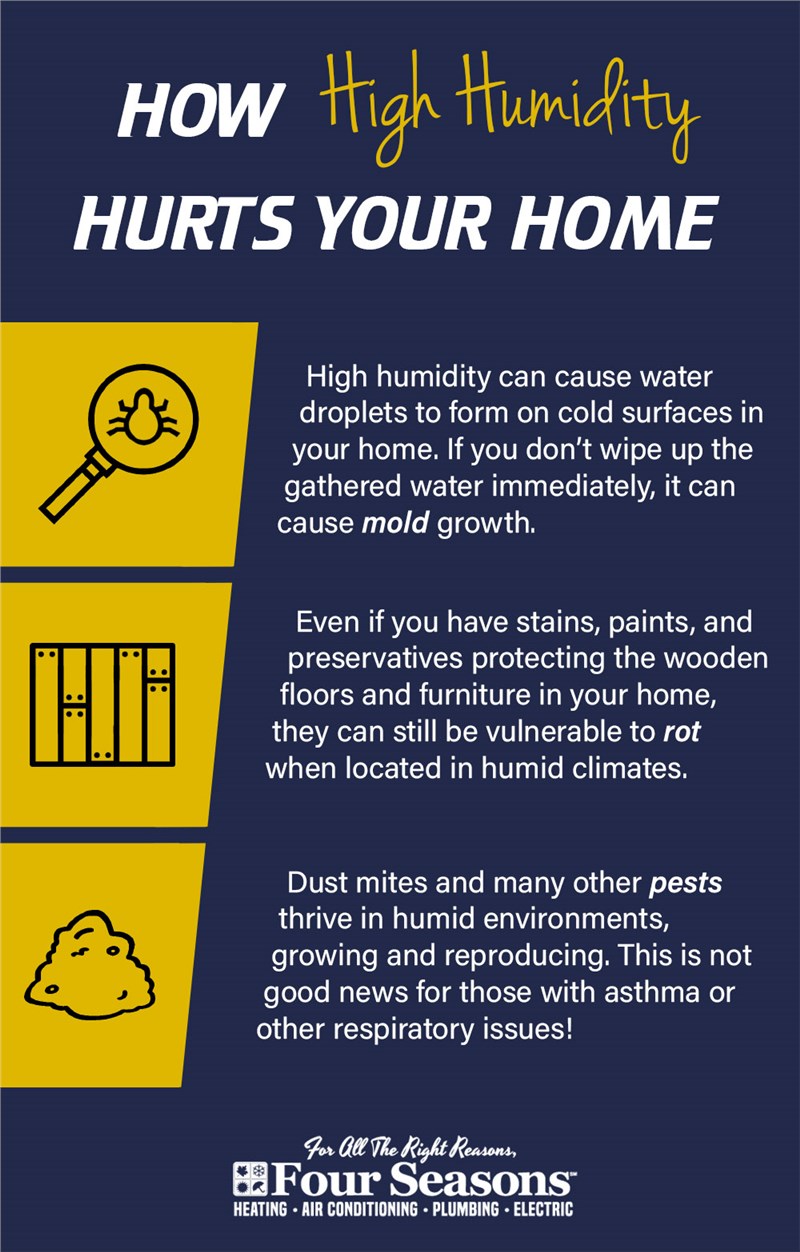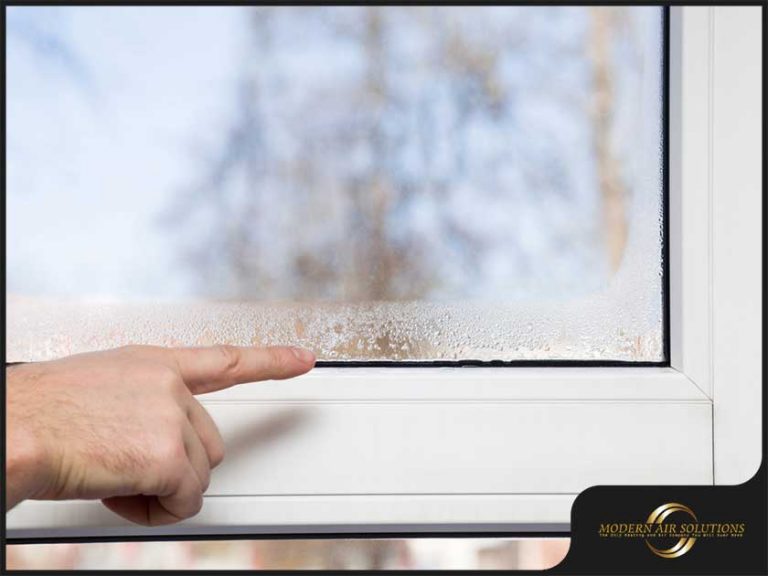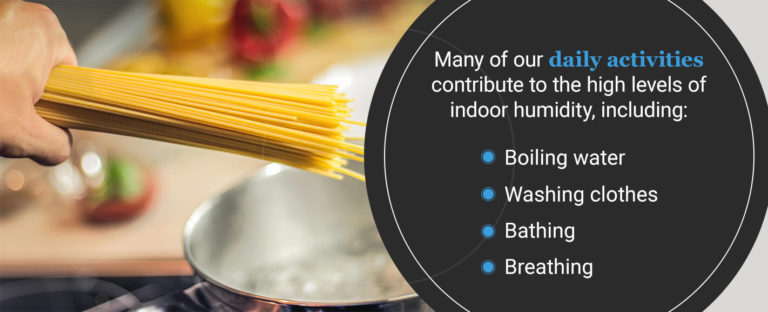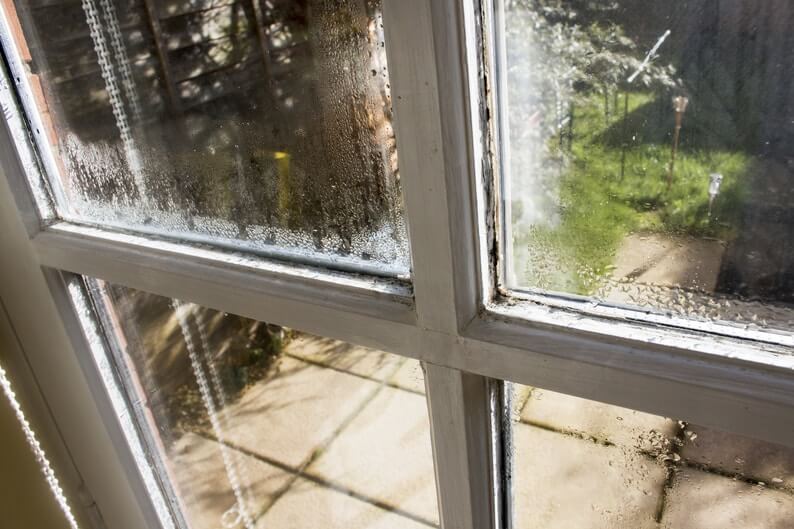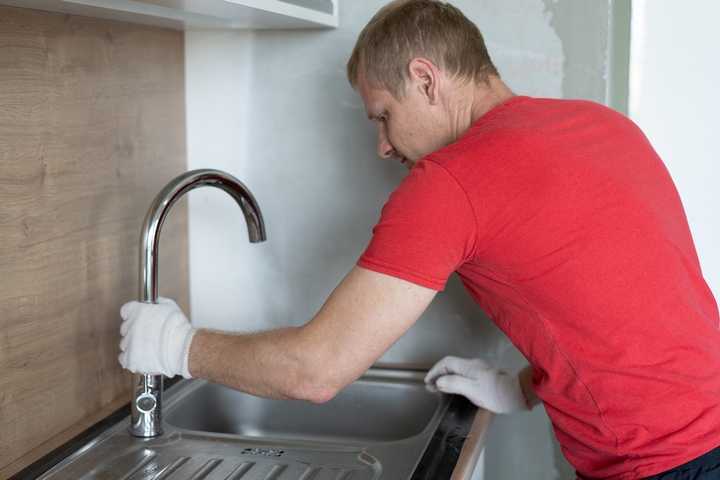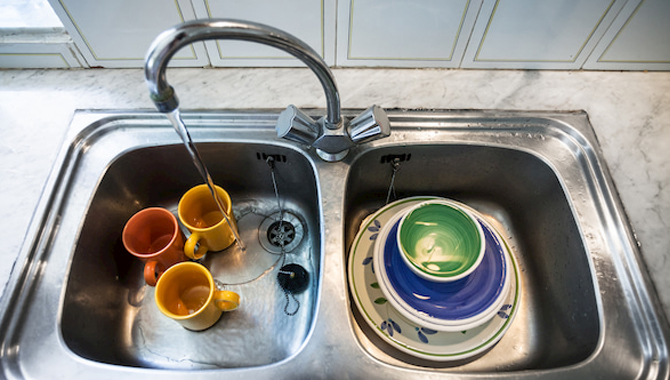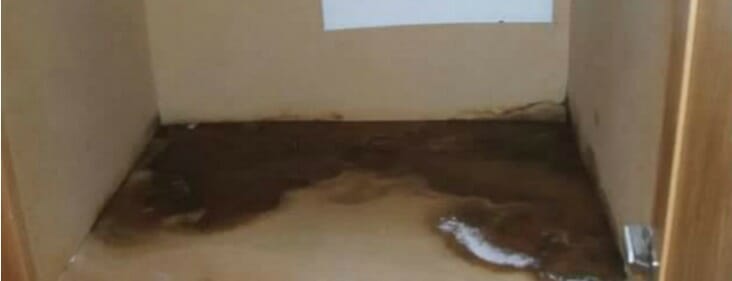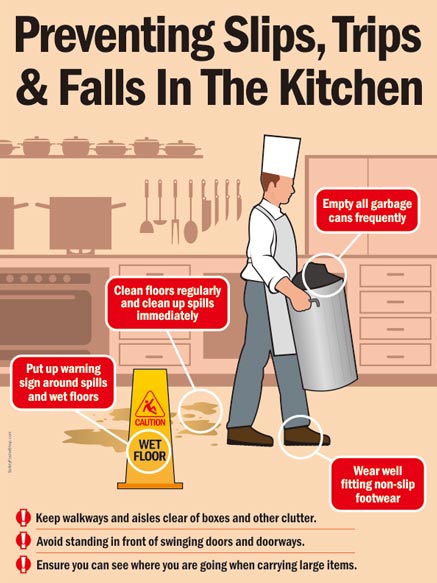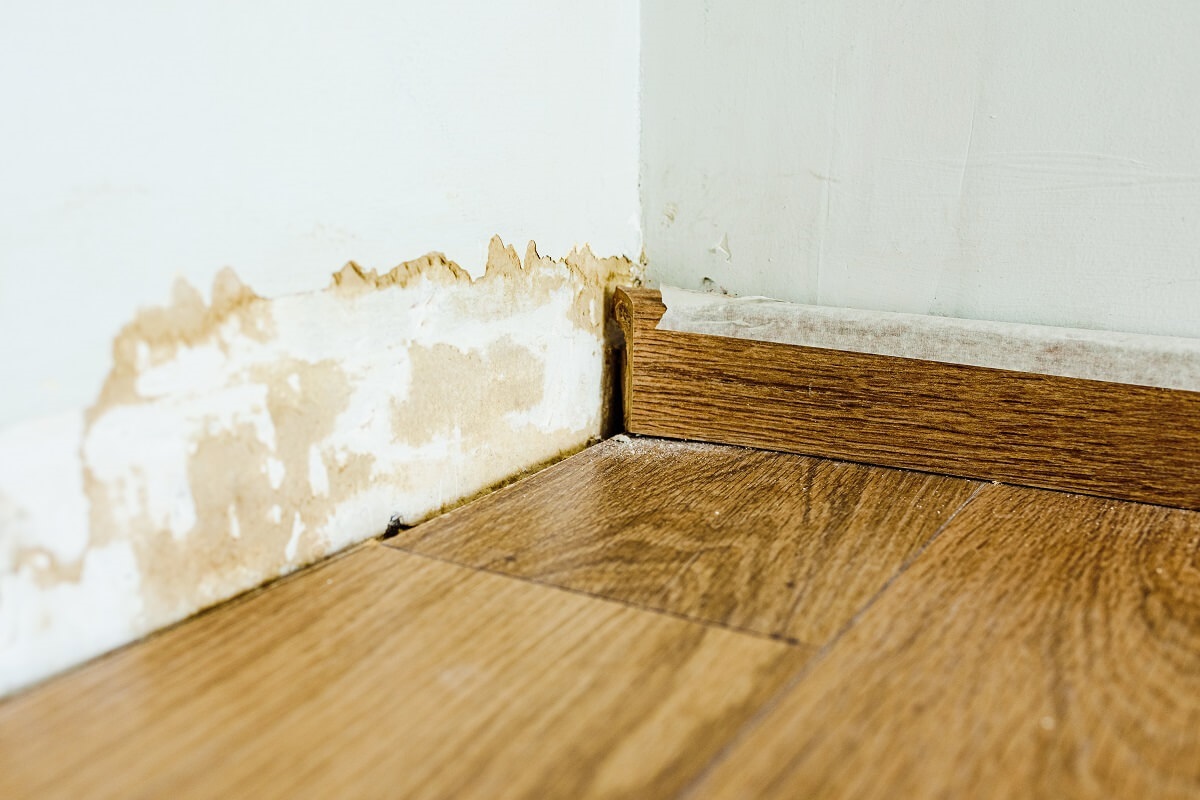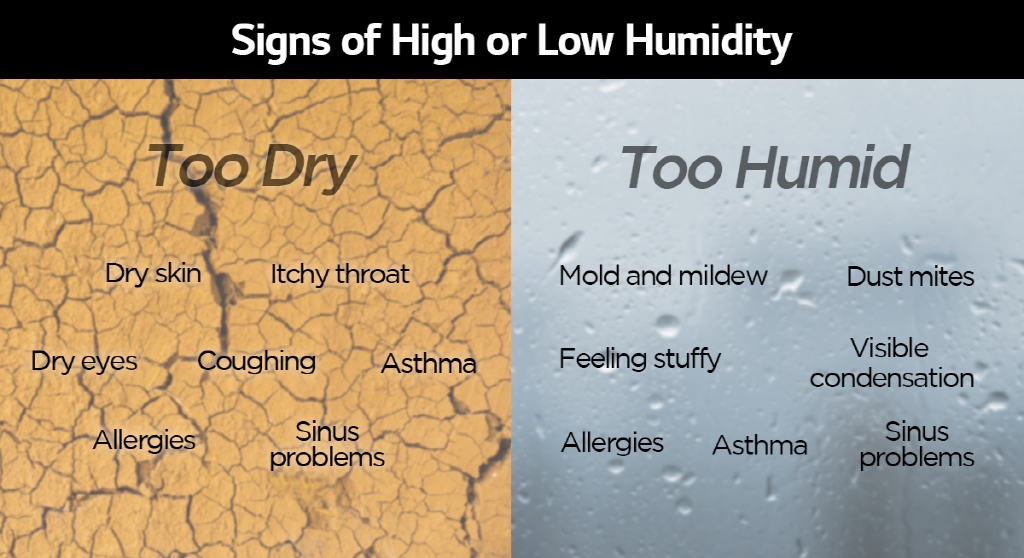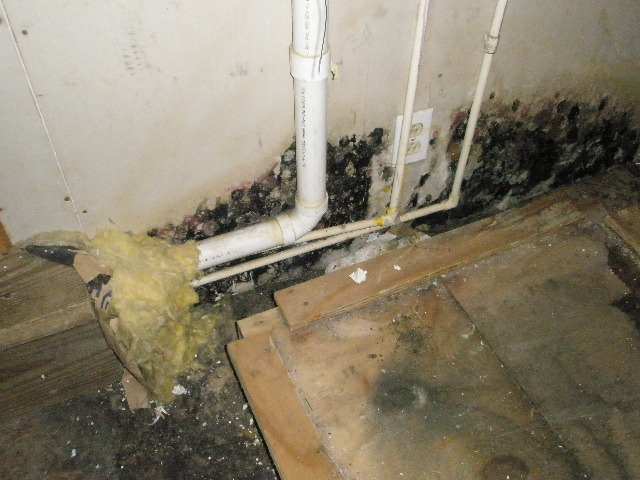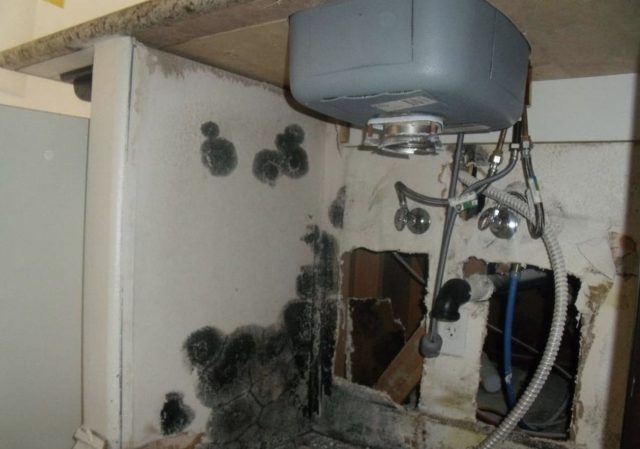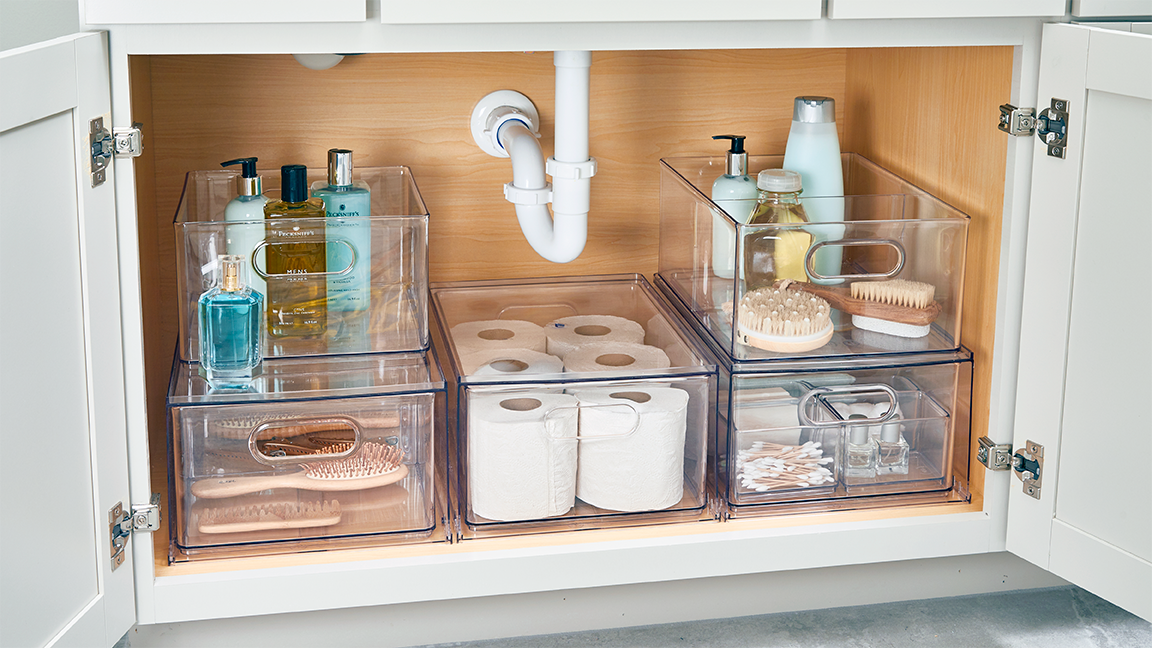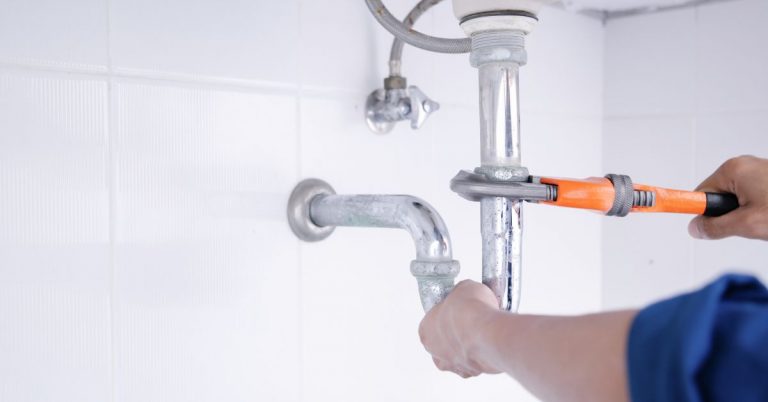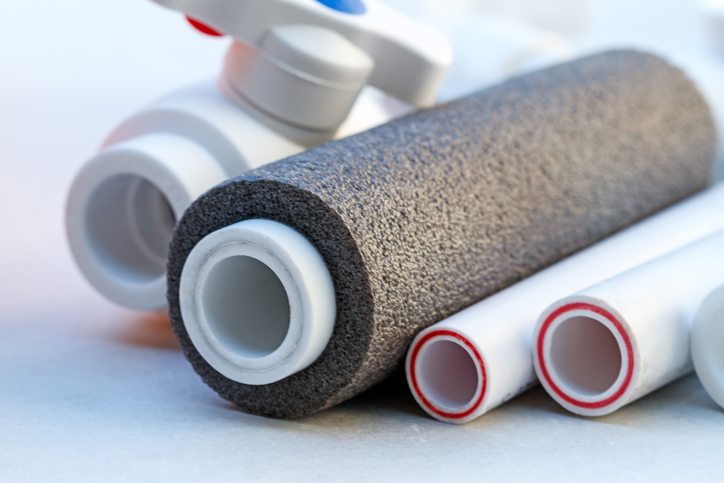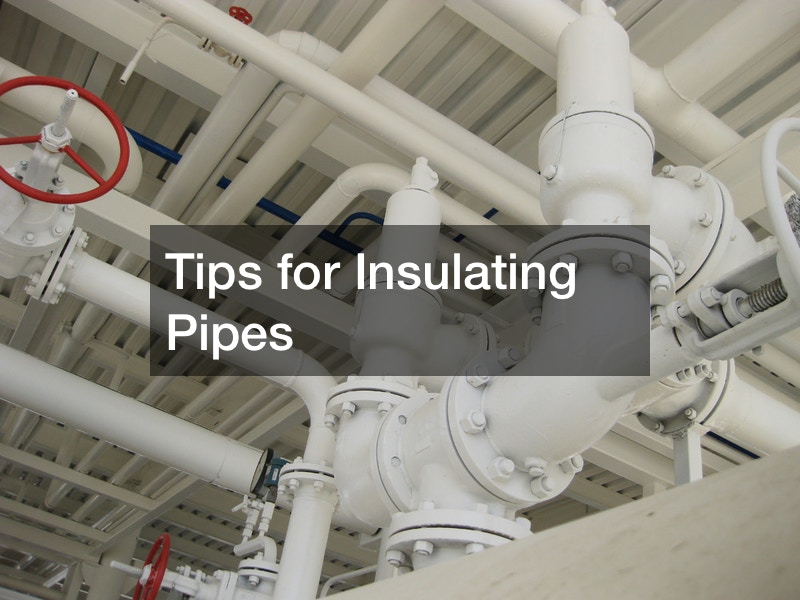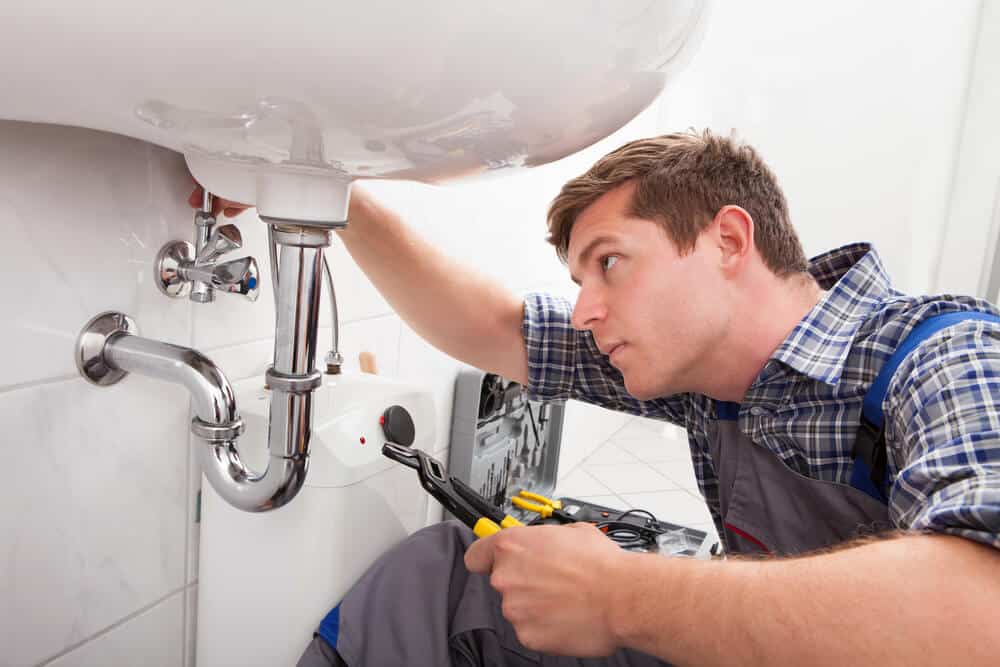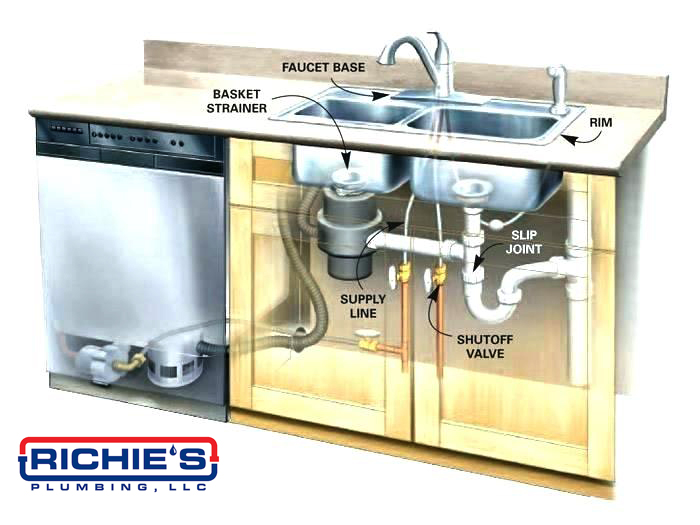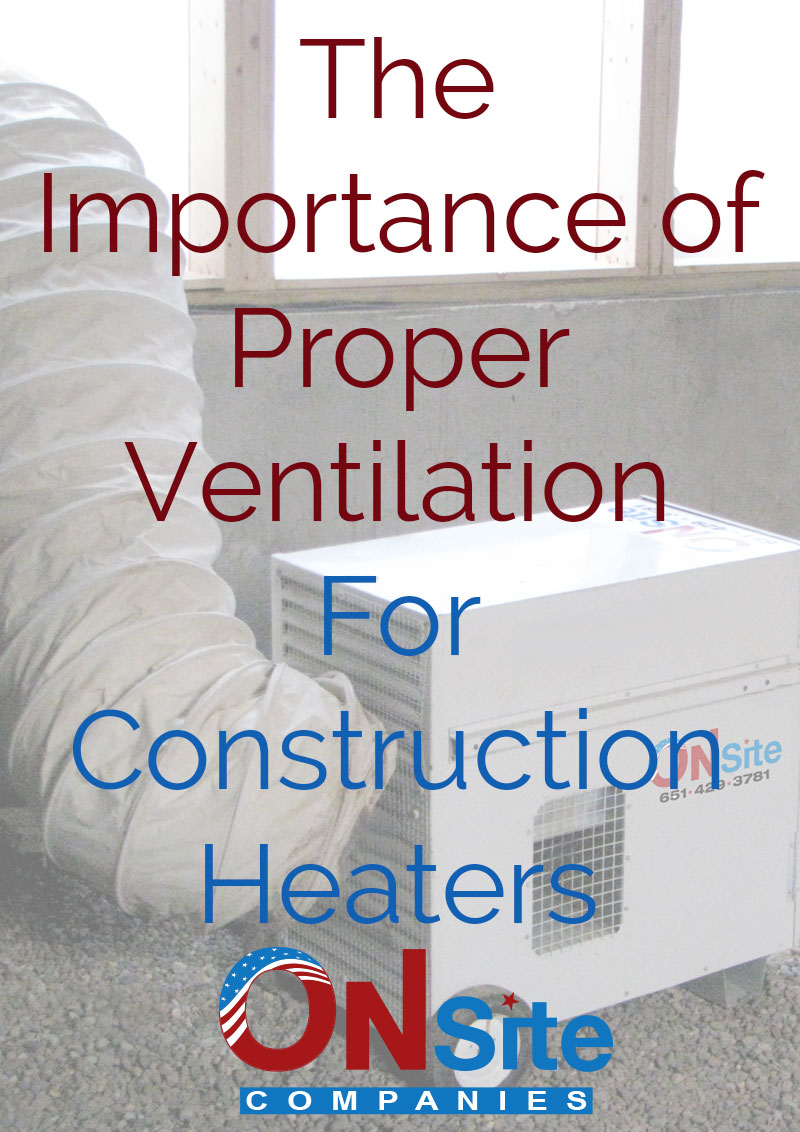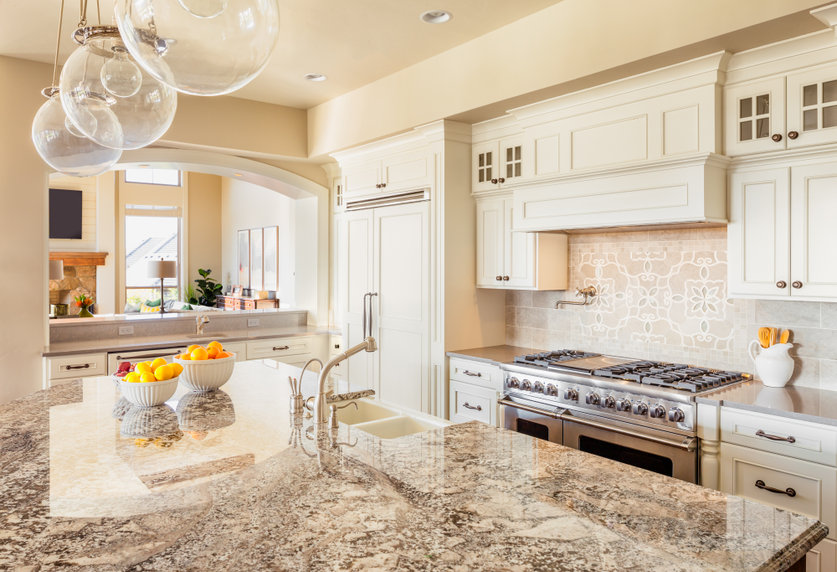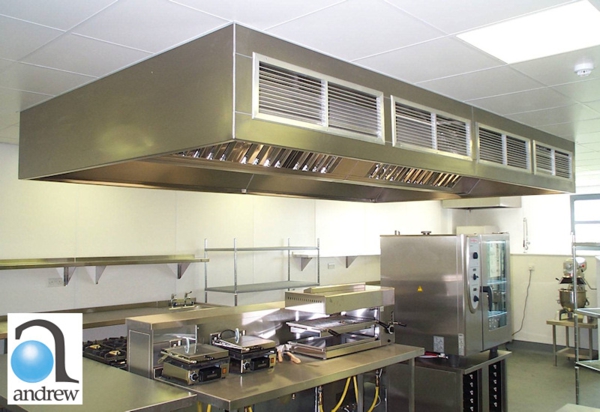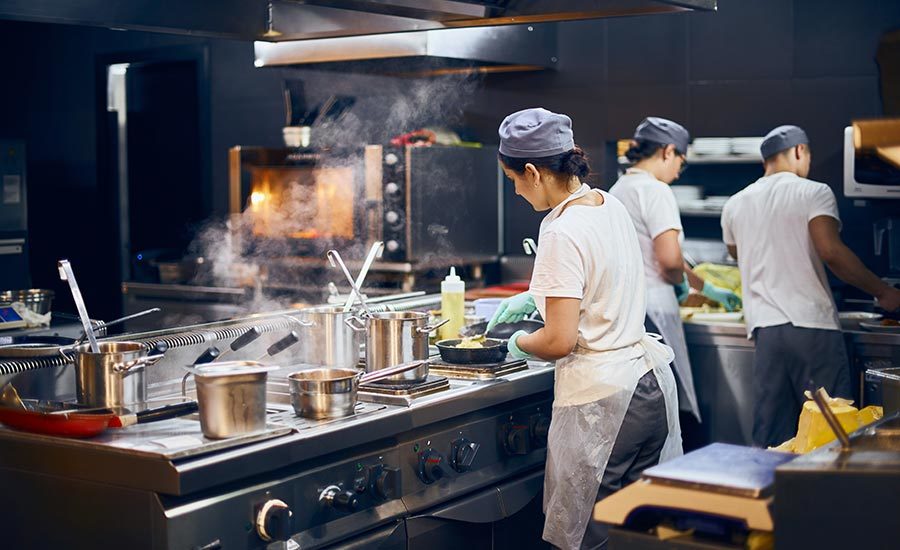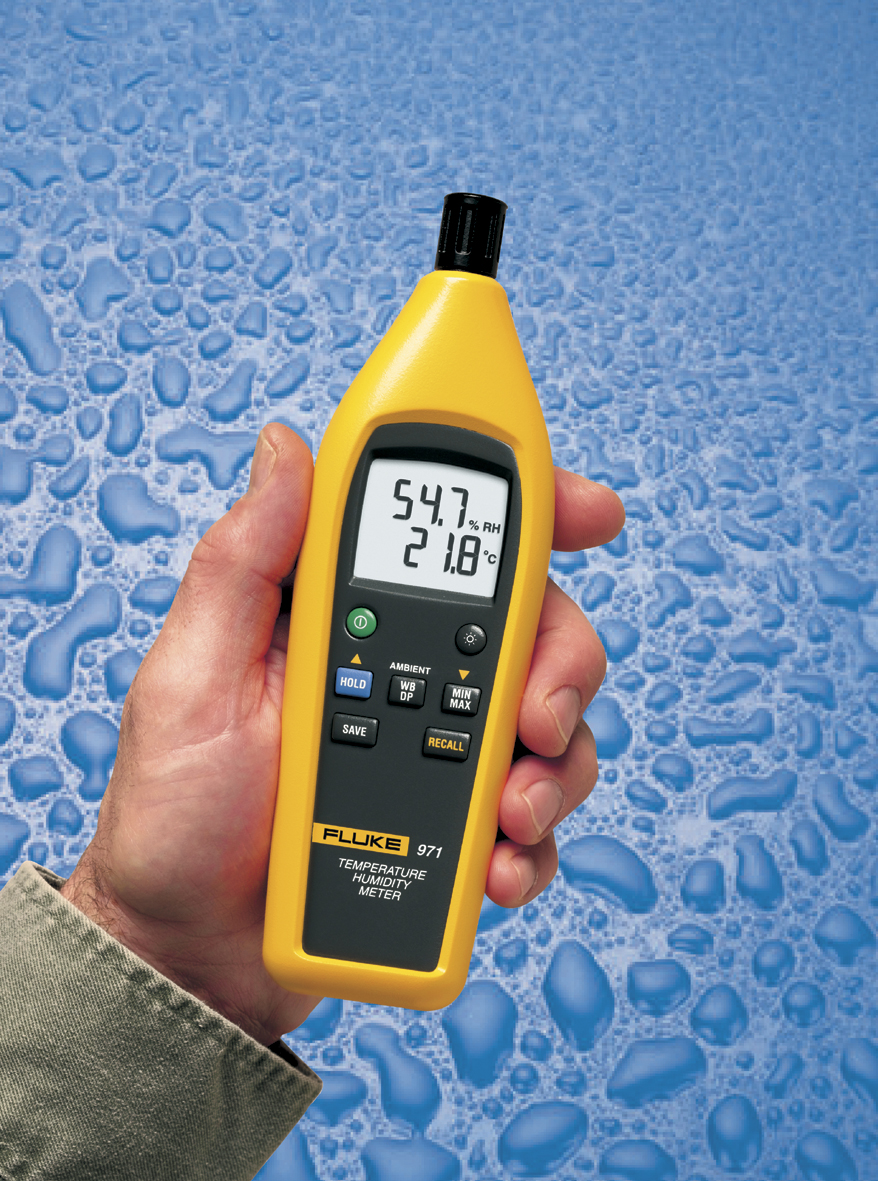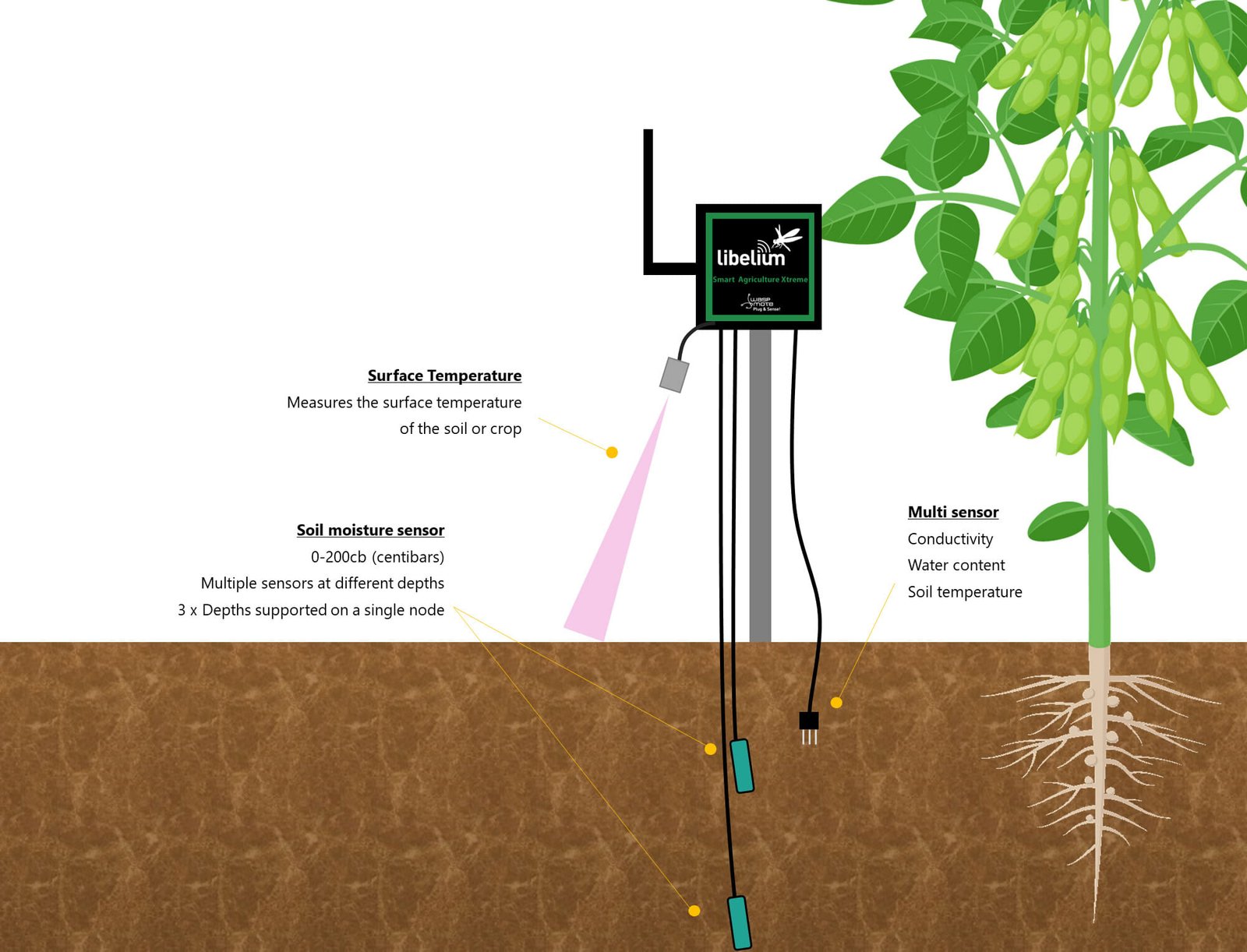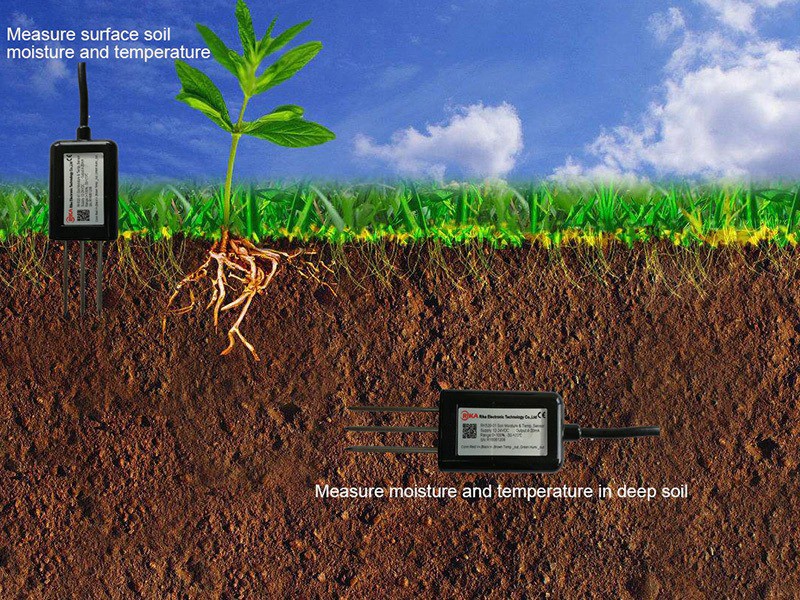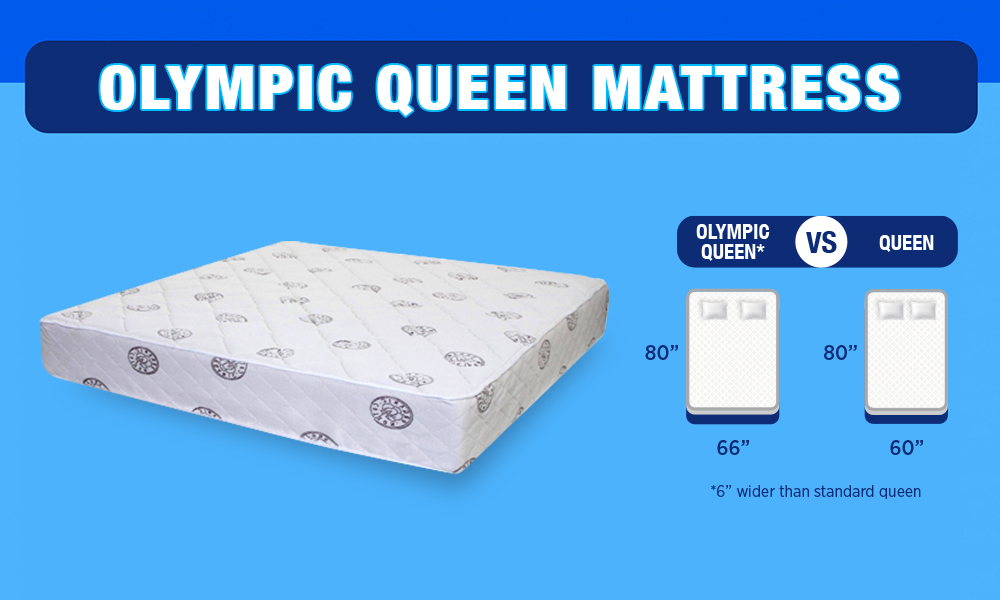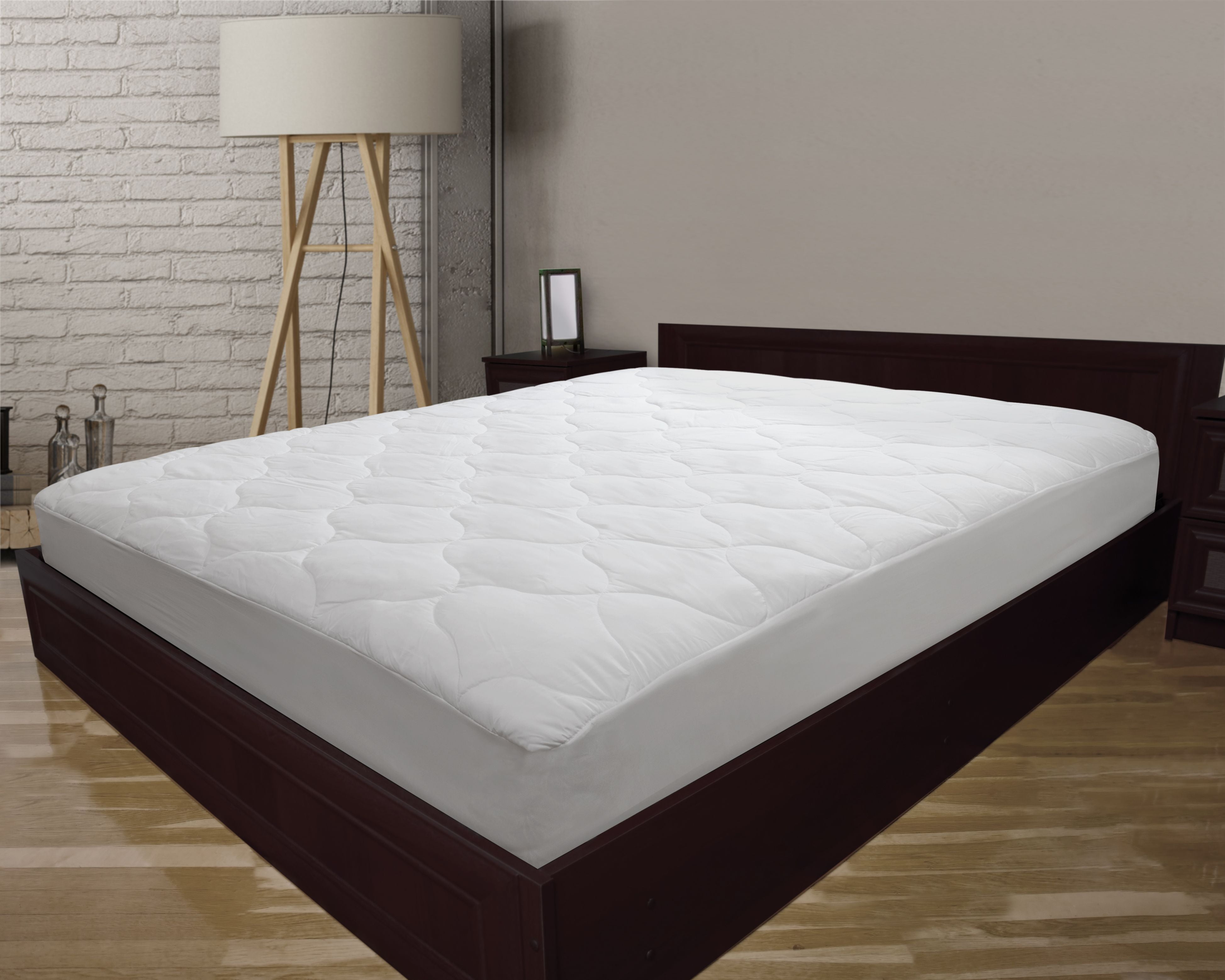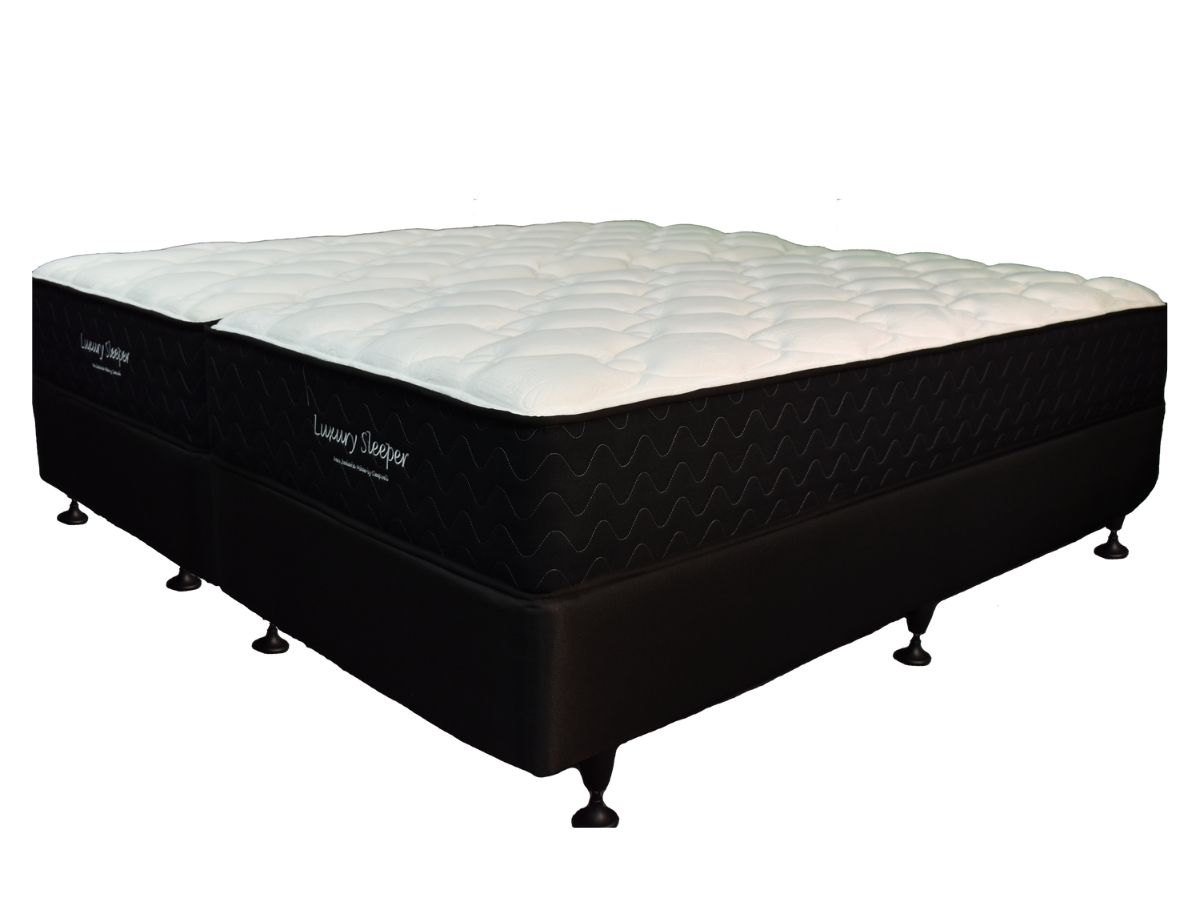High humidity under the kitchen sink can be a common issue in many households. This can not only cause unpleasant odors, but also lead to the growth of mold and mildew. So, what exactly causes high humidity under the kitchen sink? Let's take a look. One of the main causes of high humidity under the kitchen sink is poor ventilation. When there is not enough air circulation, moisture can easily build up and create a humid environment. This can be especially problematic in cabinets that are located in areas with high moisture, such as near a dishwasher or under a sink. Another factor that can contribute to high humidity under the kitchen sink is leaking pipes. Even a small leak can lead to the constant presence of moisture, which can then lead to an increase in humidity levels. This is why it's important to regularly check for any signs of leaks under your kitchen sink. Additionally, if your kitchen is located in a particularly humid climate, this can also play a role in the high humidity levels under your sink. Other factors such as lack of insulation or improper installation of pipes can also contribute to this issue.Causes of High Humidity Under Kitchen Sink
Now that we know the causes of high humidity under the kitchen sink, let's explore some solutions to this problem. The first step is to ensure proper ventilation. This can be done by installing vents or fans in the cabinet, which will allow air to circulate and prevent moisture buildup. If your kitchen is located in a humid climate, you may also consider installing a dehumidifier specifically for the area under your sink. Another way to reduce humidity under the kitchen sink is by insulating the pipes. This will prevent condensation from forming on the pipes and also keep them from sweating. You can use foam insulation or pipe sleeves to cover the pipes and prevent moisture buildup. If you have a leaking pipe, it's important to fix it as soon as possible to prevent further moisture buildup. You may need to call a professional plumber to properly fix the leak and ensure that there are no other underlying issues causing the leak.How to Fix High Humidity Under Kitchen Sink
As they say, prevention is better than cure. So, how can you prevent high humidity under your kitchen sink in the first place? One of the best ways is to regularly check for leaks and fix them immediately. You should also make sure that there is proper ventilation in the cabinet and that the pipes are insulated. Another preventive measure is to keep the area under your sink clean and dry. Wipe up any spills or leaks immediately and make sure there are no standing water in the cabinet. You can also use a moisture absorber, such as silica gel packets, to keep the area dry.Preventing High Humidity Under Kitchen Sink
It's important to be aware of the signs of high humidity under the kitchen sink so that you can take action before the problem gets out of hand. One of the most obvious signs is the presence of mold and mildew. These can appear as dark spots or patches and may have a musty odor. Another sign is the presence of water stains or discoloration on the cabinet or surrounding areas. You may also notice a damp feeling or musty smell coming from the cabinet. These are all indications that there is high humidity under your kitchen sink that needs to be addressed.Signs of High Humidity Under Kitchen Sink
If you do find mold and mildew under your kitchen sink, it's important to deal with it immediately. Not only is it unsightly and can cause unpleasant odors, but it can also be harmful to your health. You can use a mixture of water and vinegar to clean the affected area, or purchase a specialized mold and mildew cleaner. It's also important to address the source of the moisture to prevent the mold and mildew from coming back. This may involve fixing leaks, improving ventilation, or using a dehumidifier.Dealing with Mold and Mildew Under Kitchen Sink
A dehumidifier can be a great solution for reducing humidity under the kitchen sink. They work by removing excess moisture from the air, which can help prevent the growth of mold and mildew. There are many different sizes and types of dehumidifiers available, so be sure to choose one that is suitable for the size of your cabinet. It's important to regularly clean and maintain your dehumidifier to ensure it continues to work effectively. You should also monitor the humidity levels under your sink using a moisture meter to determine if the dehumidifier needs to be adjusted.Using a Dehumidifier Under Kitchen Sink
As mentioned earlier, insulating the pipes under your kitchen sink can help reduce humidity levels. This can be a simple and effective solution, especially if the high humidity is caused by condensation on the pipes. It's important to choose the right type of insulation for your pipes and properly install it to ensure maximum effectiveness. You may also consider using a pipe sleeve that has an antimicrobial coating to prevent the growth of mold and mildew on the insulation itself.Insulating Pipes Under Kitchen Sink to Reduce Humidity
Regularly checking for leaks under your kitchen sink is crucial in preventing high humidity levels. Some signs that may indicate a leak include the presence of standing water, water stains, or a decrease in water pressure. You can also use a moisture meter to detect any hidden leaks that may not be visible to the naked eye. If you do find a leak, it's important to fix it as soon as possible to prevent further damage and reduce humidity levels under your sink.Checking for Leaks Under Kitchen Sink
Proper ventilation is key in preventing high humidity levels under the kitchen sink. If there is not enough air circulation, moisture can easily build up and lead to a humid environment. You can install vents or fans in the cabinet to improve ventilation, or simply leave the cabinet doors open to allow air to circulate. It's also important to regularly clean and maintain your ventilation system to ensure it continues to work effectively.Proper Ventilation Under Kitchen Sink to Reduce Humidity
A moisture meter is a handy tool that can help you monitor humidity levels under your kitchen sink. It works by measuring the moisture content in the air, allowing you to determine if there is too much moisture present. You can purchase a moisture meter from a hardware store and use it to regularly check the humidity levels under your sink. This can help you identify any potential issues early on and take necessary steps to prevent high humidity levels from causing problems in the future.Using a Moisture Meter to Monitor Humidity Under Kitchen Sink
The Impact of High Humidity Under the Kitchen Sink on House Design

Understanding the Problem
 If you've ever noticed a musty smell coming from under your kitchen sink, chances are you have a humidity problem. High humidity levels under the kitchen sink can lead to a host of issues, from mold and mildew growth to damaged cabinets and flooring. Not only can this impact the aesthetic appeal of your kitchen, but it can also compromise the structural integrity of your home. In this article, we will delve into the causes of high humidity under the kitchen sink and its impact on house design.
If you've ever noticed a musty smell coming from under your kitchen sink, chances are you have a humidity problem. High humidity levels under the kitchen sink can lead to a host of issues, from mold and mildew growth to damaged cabinets and flooring. Not only can this impact the aesthetic appeal of your kitchen, but it can also compromise the structural integrity of your home. In this article, we will delve into the causes of high humidity under the kitchen sink and its impact on house design.
The Culprits Behind High Humidity
 There are several factors that can contribute to high humidity levels under the kitchen sink. The first and most common culprit is a leaky pipe. Even a small leak can lead to dampness and increased humidity in the surrounding area. Another common cause is inadequate ventilation. If your kitchen sink is located in a corner or against a wall, it may not have proper air circulation, causing moisture to become trapped. Additionally, if there is a lack of insulation in the area, it can lead to condensation on the pipes, further contributing to high humidity levels.
There are several factors that can contribute to high humidity levels under the kitchen sink. The first and most common culprit is a leaky pipe. Even a small leak can lead to dampness and increased humidity in the surrounding area. Another common cause is inadequate ventilation. If your kitchen sink is located in a corner or against a wall, it may not have proper air circulation, causing moisture to become trapped. Additionally, if there is a lack of insulation in the area, it can lead to condensation on the pipes, further contributing to high humidity levels.
The Impact on House Design
 High humidity under the kitchen sink can have a significant impact on the overall design of your home. The excess moisture can cause cabinets to warp and peel, resulting in an unattractive and potentially hazardous environment. The presence of mold and mildew can also lead to health issues, especially for those with allergies or respiratory problems. Furthermore, the constant exposure to moisture can cause the flooring and subflooring to deteriorate, leading to costly repairs. These issues not only affect the functionality of your kitchen but can also decrease the value of your home.
High humidity under the kitchen sink can have a significant impact on the overall design of your home. The excess moisture can cause cabinets to warp and peel, resulting in an unattractive and potentially hazardous environment. The presence of mold and mildew can also lead to health issues, especially for those with allergies or respiratory problems. Furthermore, the constant exposure to moisture can cause the flooring and subflooring to deteriorate, leading to costly repairs. These issues not only affect the functionality of your kitchen but can also decrease the value of your home.
Solutions for High Humidity Under the Kitchen Sink
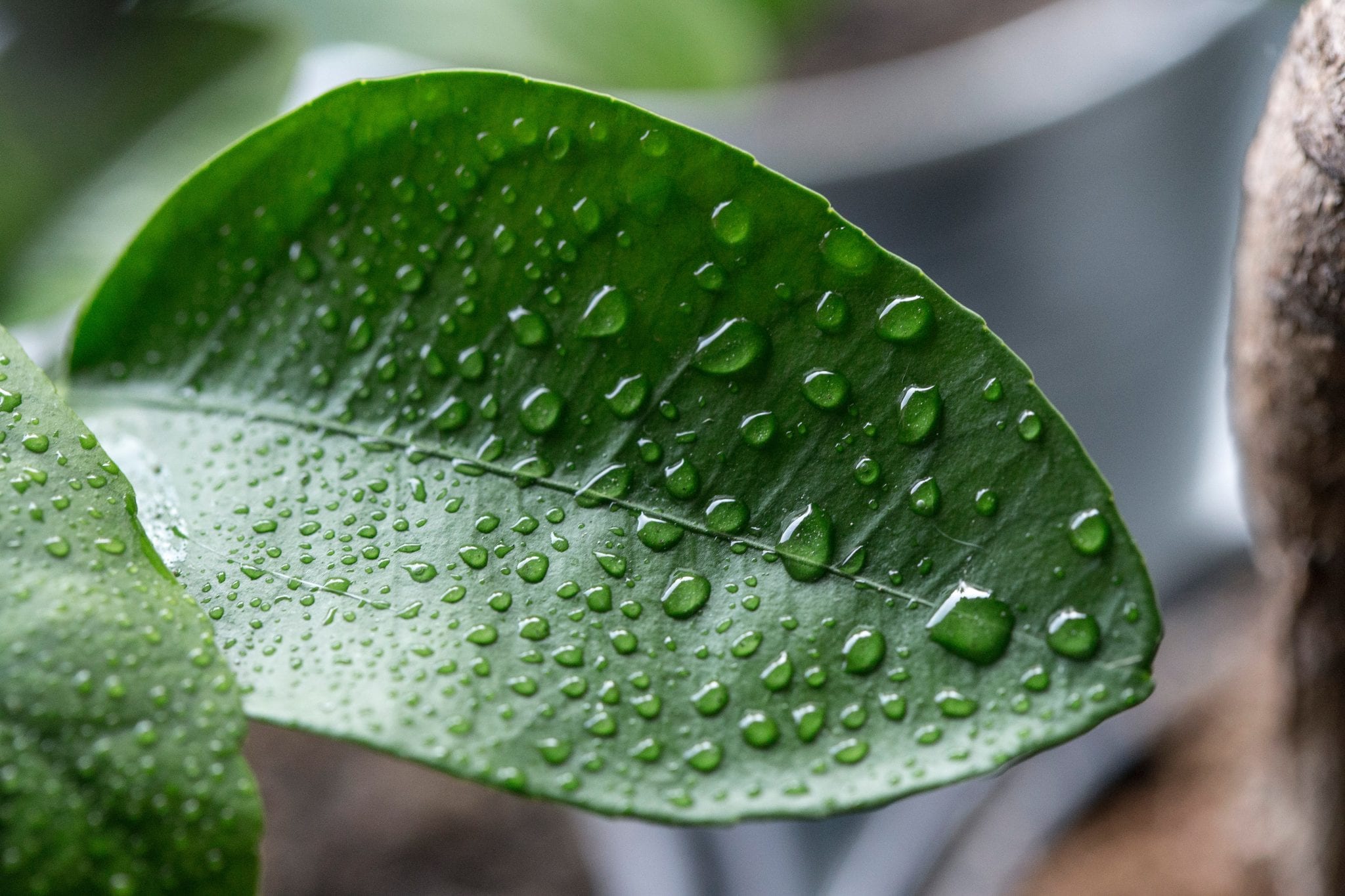 Fortunately, there are several solutions to combat high humidity levels under the kitchen sink. Fixing any leaks and ensuring proper ventilation are the first steps to take. Installing a dehumidifier or using moisture-absorbing materials such as silica gel can also help reduce humidity levels. Additionally, insulating the pipes and using waterproof materials for cabinets and flooring can prevent future damage. Regularly checking for and addressing any signs of high humidity can help maintain a healthy and aesthetically pleasing kitchen.
In conclusion, high humidity under the kitchen sink can have a significant impact on house design, from compromising the structural integrity of your home to causing health issues. It is essential to address the root causes of high humidity and take preventative measures to maintain a safe and comfortable living environment. By implementing the solutions mentioned above, you can ensure that your kitchen remains a functional and attractive space in your home.
Fortunately, there are several solutions to combat high humidity levels under the kitchen sink. Fixing any leaks and ensuring proper ventilation are the first steps to take. Installing a dehumidifier or using moisture-absorbing materials such as silica gel can also help reduce humidity levels. Additionally, insulating the pipes and using waterproof materials for cabinets and flooring can prevent future damage. Regularly checking for and addressing any signs of high humidity can help maintain a healthy and aesthetically pleasing kitchen.
In conclusion, high humidity under the kitchen sink can have a significant impact on house design, from compromising the structural integrity of your home to causing health issues. It is essential to address the root causes of high humidity and take preventative measures to maintain a safe and comfortable living environment. By implementing the solutions mentioned above, you can ensure that your kitchen remains a functional and attractive space in your home.

